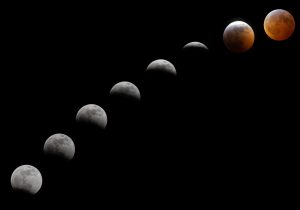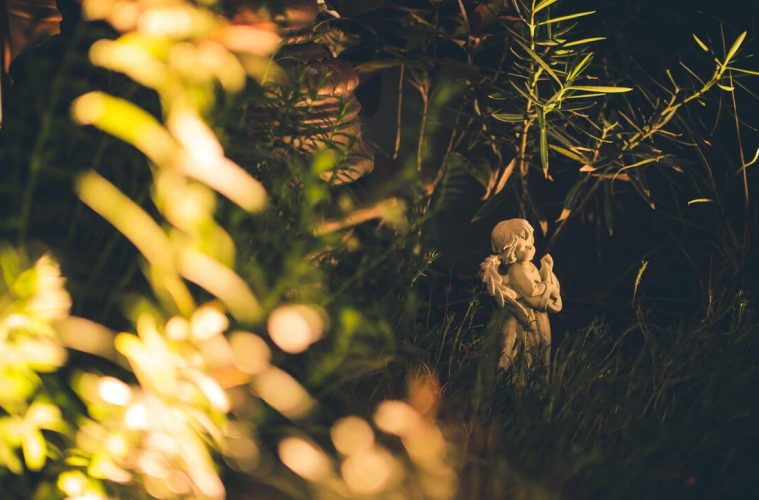Interest in Moon Gardening, also known as Lunar Phase Gardening, is on the rise. Online searches in the practice have increased and are predicted to peak next year. So what exactly is a Moon Garden and what benefits can it have?
The roots of Lunar Phase Gardening go back centuries when the cycles of the moon were used by ancient civilizations to track crops, planting certain plants and harvesting others in tune with moon phases. Passed down for centuries, there are still a few gardeners who follow these principles, and that number appears to be on the rise.
Spirituality and esoteric concepts are seeing increased interest online around the world at the moment. Fueled by social media – particularly TikTok – many members of younger generations are exploring older ideas passed down for centuries. One of those is Lunar Phase Gardening.

Unsplash
Lunar Phase Gardening takes four main phases of the moon – new moon, first quarter moon, full moon, and last quarter moon – and uses them to determine what to plant at which time. When the moon is waxing (increasing in size), plants that produce fruit should be planted. When the moon is waning (decreasing in size), root crops should be planted and any relevant produce harvested. More detailed calendars indicate which plants are best to plant on specific days, based on the season and the exact position of the moon at the time.
The effects of the moon at certain positions are believed to influence the growth of plants and their life cycle. Planting under the correct moon phase is therefore said to increase yield and improve the overall growth of your vegetable garden.

Unsplash
Unfortunately, few studies have been done to test the validity of the theory. While there is reason to suggest the moons impact on water and gravity, as well as the existence of some plants that do already appear to operate by the moon, do have an influence, there is no conclusive evidence as of yet to prove the benefits of the practice.
However, that shouldn’t stop you from giving it a try in your garden. Not only will you be participating in a once-again emerging trend, but you’ll also be participating in a garden practice thousands of years old, adding to the excitement.
Author: Madison Moulton
SEE MORE: Late-night flowering plants

